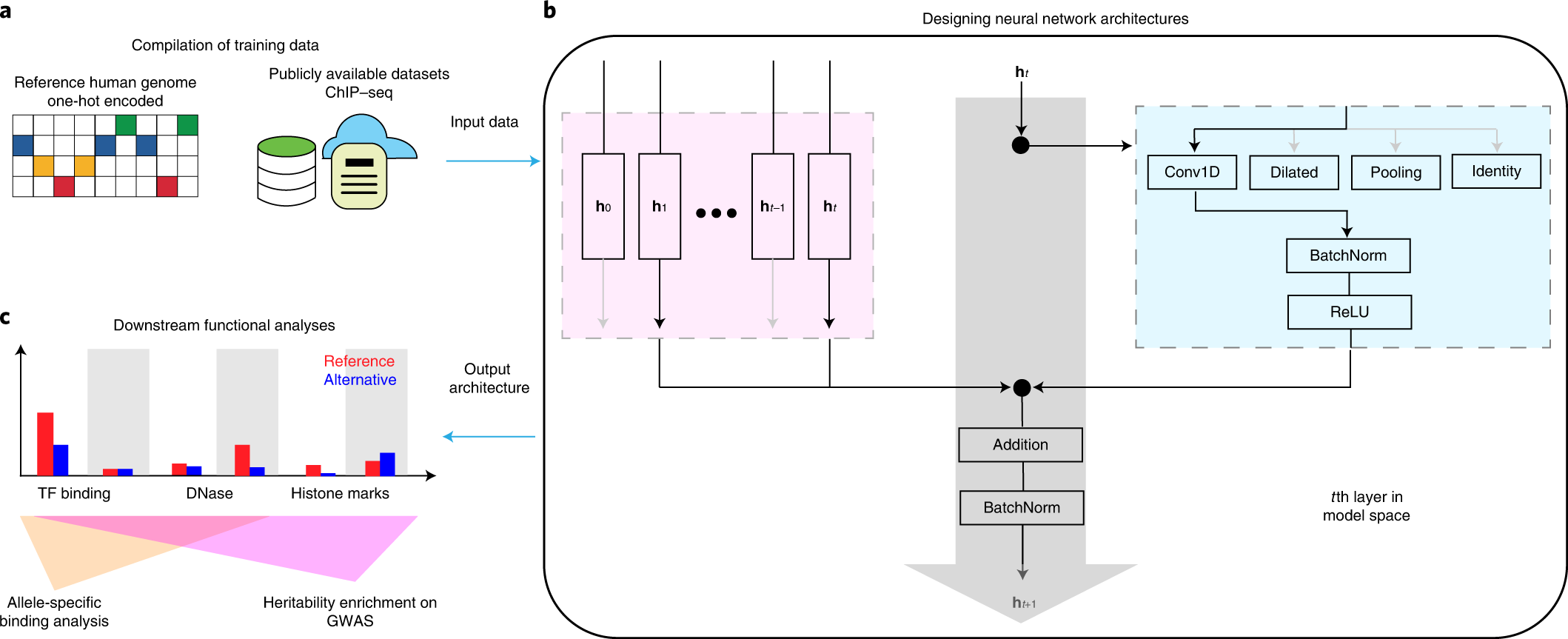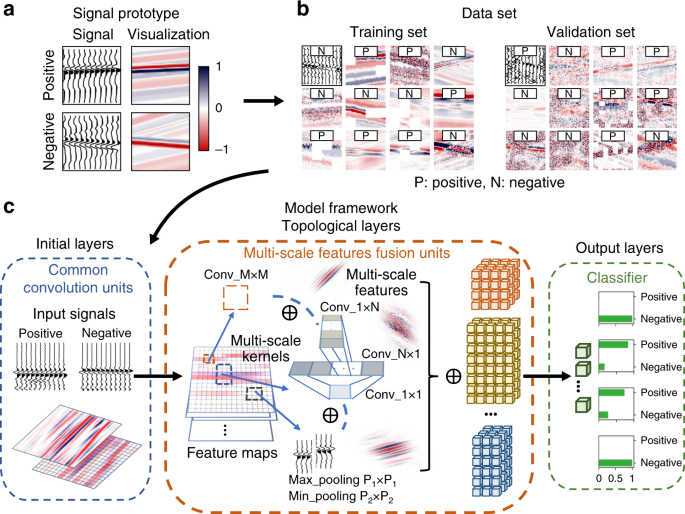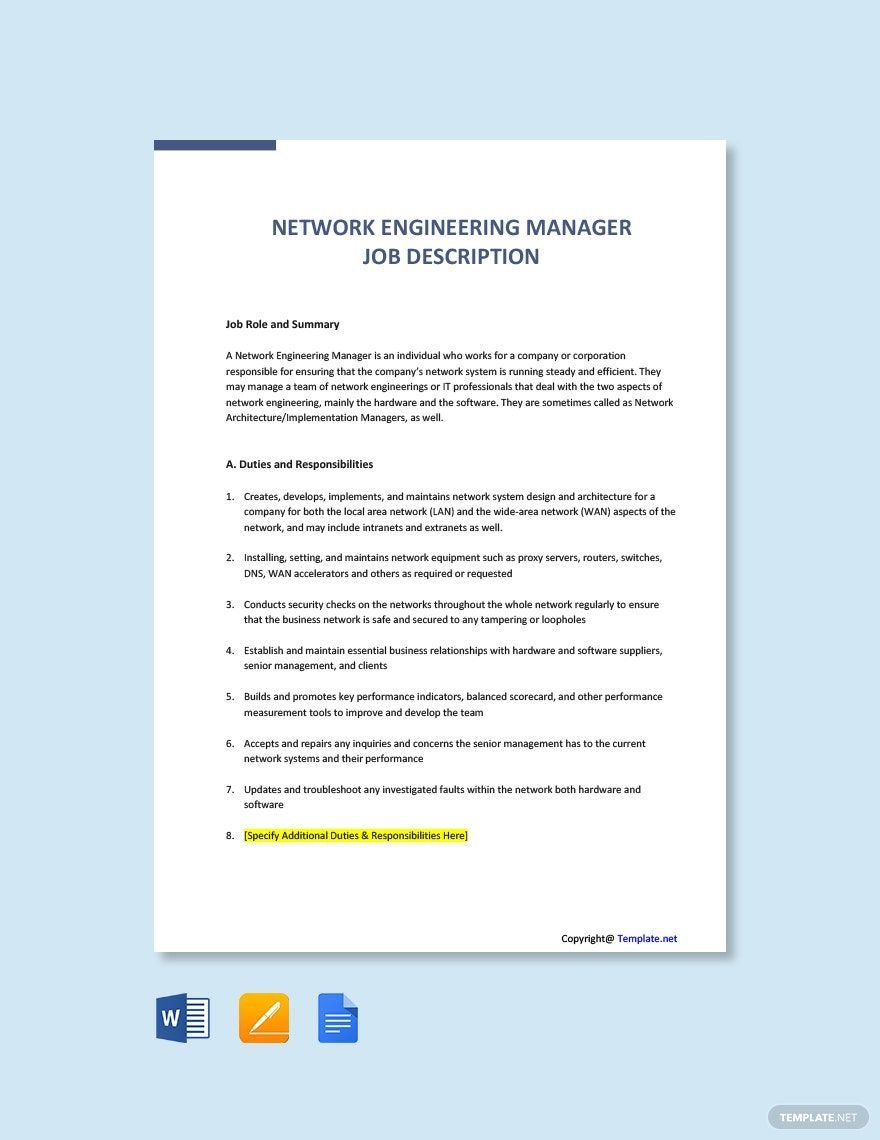Network architecture refers to the structured layout of network elements. It dictates the design and functionality of communication networks.
Understanding network architecture is essential for setting up and managing data networks effectively. It consists of hardware and software components, structured to meet the technological and business needs of organizations or individuals. This framework enables data transfer, management, and connectivity across various computer systems and devices.
Reliable network architecture ensures that users have seamless access to resources, while also maintaining the security and integrity of data transmission. From local area networks (LANs) to wide area networks (WANs), each architecture type supports different applications, offering tailored solutions to networking challenges. By considering scalability, performance, and cost-efficiency, network architecture remains crucial to the growth and operations of digital communications.

Credit: www.nature.com
Introduction To Network Architecture
Network architecture lays the foundation for communication among devices. It’s the blueprint that keeps our digital world connected. Think of it like a city’s transport system, where roads, traffic signals, and bridges must work together smoothly. This post will guide you through what network architecture is, its history, and why it’s so critical in today’s tech-driven landscape.
Defining Network Architecture
Network architecture is the design of a communication network. It’s a plan for how devices talk to each other. Think about how your phone connects to Wi-Fi or how computers in an office share files. That’s network architecture in action! It includes hardware, software, protocols, and services that make all forms of digital communication possible.
History And Evolution Of Network Design
- Early Networks: They started simple like sending messages between two computers.
- Growth of the Internet: Networks expanded and connected the world.
- Modern Advances: Now, networks are fast, wireless, and everywhere.
Importance Of Efficient Network Architecture
Great network architecture matters a lot. It makes sure data travels swiftly and securely. Without it, we could face slow internet, cyber attacks, or even system crashes! An efficient network keeps businesses running, supports working from home, and lets us stay in touch with loved ones.

Credit: www.nature.com
Key Principles Of Efficient Network Design
Designing a network isn’t just about the now. It involves thinking ahead and making sure it’s tough, safe, and easy to handle. Here are some major points to get it right:
Scalability: Building For Future Growth
A network should grow with a business. Key features to consider include:
- Flexible design to add more users and devices.
- Enough bandwidth for increasing traffic.
Reliability: Ensuring Continuous Operation
Networks must be up and running all the time. Reliable networks include:
- Backup systems in case of failure.
- Routine updates and maintenance schedules.
Security: Protecting Data And Resources
Security keeps threats out and data safe. A secure network needs:
- Strong firewalls.
- Regular software updates.
- User authentication protocols.
Manageability: Simplifying Administration Tasks
Ease of use is key for network admins. Manageable networks feature:
| Centralized control tools. |
| Automated alert systems. |
Performance: Optimizing Data Flow And Response Times
Fast and efficient, that’s the goal. To boost performance:
- Minimize distance data travels.
- Use high-quality hardware.
Cost-effectiveness: Balancing Performance With Expenditure
Smart spending saves money. Balance cost with:
- Investing in scalable solutions.
- Choosing energy-efficient devices.
Network Design Process And Best Practices
The foundation of robust network performance lies in meticulous planning and adherence to best practices throughout the design process. This post lays out vital steps and strategies to create a network that meets business needs, performs efficiently, and remains resilient in the face of challenges. Let’s dive into the key aspects of network architecture design.
Analyzing Business Requirements
To start, strong networks reflect the needs of the business they serve. Key considerations include:
- Size of the organization
- Projected growth
- Types of applications used
- Data security and compliance standards
Choosing The Right Network Topology
Next, picking the right layout is crucial for smooth operation. Common topologies include:
- Star
- Mesh
- Bus
- Ring
Select one that aligns with company requirements, considering scalability and management ease.
Selecting Hardware And Software Solutions
Choosing the correct tools is a game-changer. Aim for:
- High-quality routers and switches
- Reliable firewall and security applications
- Compatible software that drives productivity
Implementing Redundancy And Resilience
A network must stay up even when parts fail. Include:
- Dual internet connections
- Backup power sources
- Fault-tolerant servers
Testing And Benchmarking For Performance
Before going live, test your network.
Assess:
- Speed
- Latency
- Reliability
Make adjustments as needed.
Documentation And Continuous Improvement
Finally, keep detailed records. Document:
- Network structure
- Configuration settings
- Update and maintenance logs
Regular reviews lead to ongoing enhancements.
Types Of Network Architectures
Exploring the realm of Network Architectures reveals a landscape brimming with diverse connectivity options. Each architecture has a unique blueprint, addressing specific networking needs. Grasping the variety of architectures empowers you to tailor network designs for flawless communication and data exchange.
Local Area Networks (lan): Design And Application
Local Area Networks, or LANs, stand as the cornerstone of network architecture within a limited area. They orchestrate seamless connectivity and data transfer among devices in close proximity. LANs typically shine in environments such as homes, schools, or offices.
- High-speed data transfer
- Connect devices like computers, printers, and servers
- Use Ethernet or Wi-Fi technologies
Wide Area Networks (wan): Connecting Remote Locations
Wide Area Networks, commonly known as WANs, excel in joining multiple LANs across vast distances. They create a network that can span cities, states, or even continents. WANs harness the power of leased telecommunication lines to maintain long-distance connectivity.
- Serves as the bridge between distant LANs
- Uses technologies like MPLS, ATM, Frame Relay
- Enables corporate office connectivity
Software-defined Networking (sdn): Innovations In Flexibility
Software-Defined Networking (SDN) brings a revolutionary approach to handling network management and design. It detaches the control plane from the data plane, offering incredible agility and control. SDN thrives on its capability to adapt to growing demands and changing network conditions.
- Centralizes network control
- Provides dynamic, manageable, and cost-effective solutions
- Enhances network automation
Wireless Networking Considerations
Wireless networks cut the cords, freeing devices from physical constraints. They are pivotal for mobility, convenience, and device proliferation. Nevertheless, wireless solutions require careful deliberation on security, signal range, and interference.
- Embraces Wi-Fi, cellular networks, and satellite communications
- Necessitates robust security protocols
- Demands signal strength management
Cloud Networking And Virtualization Trends
Cloud networking and virtualization are reshaping the topology of modern network architectures. They leverage online services and virtual resources, delivering scalability and efficiency. These trends are driving a major shift towards on-demand network resources and services.
- Supports remote access and collaboration
- Facilitates resource pooling for optimal utilization
- Promotes network scalability and resilience
Challenges And Solutions In Network Design
Designing a network requires a balance of innovation and reliability. Every network faces unique challenges, demanding custom solutions. Advanced technology shapes these solutions, ensuring networks withstand emerging issues and scale effectively.
Dealing With Increasing Bandwidth Demands
Networks today must handle massive data flows. The rise of video streaming, cloud computing, and remote workloads push bandwidth limits. Scaling network capacity efficiently is vital. Optimal solutions include upgrading to high-speed connections and adopting scalable network technologies. Implementing Quality of Service (QoS) rules can prioritize critical data traffic.
Integrating Legacy Systems With New Technologies
Legacy systems still run critical operations. Merging them with new tech can be tricky. Creating interfaces that allow seamless communication between old and new systems is the answer. Bolstering legacy systems with middleware solutions bridges the gap, enhancing overall network efficiency without a complete overhaul.
Ensuring Network Security In An Open Environment
Open networks invite potential threats. Strong security protocols are non-negotiable. Implementing multi-layered security measures, including firewalls and intrusion detection systems, is crucial. Regularly updating security policies ensures the network stays fortified against evolving threats.
Addressing The Internet Of Things (iot) And Edge Computing
IoT devices and edge computing redefine network architecture. They introduce countless endpoints. Networks must evolve to manage this complexity. A robust management platform that supports automation and real-time monitoring ensures smooth IoT integration. Edge devices need protocols for efficient data processing and minimal latency.
Adapting To Industry-specific Regulatory Requirements
Different industries face unique network compliance issues. Adhering to these requirements is mandatory. Tailored network designs address specific regulatory frameworks. Ensuring data protection and privacy demands consistent review and integration of the latest compliance standards.
Case Studies: Efficient Network Architectures In Action
Welcome to our deep dive into efficient network architectures and their incredible impact across various industries. We’ve curated several inspiring case studies showcasing how well-planned network designs accelerate success, enhance performance, and revolutionize quality assurance within diverse realms.
Enterprise Network Overhaul: Success Stories
Enterprises often face network inefficiencies. Discover how a strategic reboot can propel businesses to new achievements:
- Fortune 500 Upgrade: A global company slashed downtime by 40% after restructuring its network.
- Start-Up Growth: A tech start-up experienced a server response boost by 30%, attributing this to a network revamp.
Telecommunications: Handling Massive Data Traffic
The telecom industry thrives on data. Efficient networks here spell the difference between success and overload. Case in point:
| Provider | Improvement |
|---|---|
| TechCom | Scaled network to handle 10x users. |
| FastNet | Upped data transfer rates by 50%. |
Healthcare Networks: Compliance And Accessibility
In healthcare, network performance is critical. It ensures patient data security and real-time access for medical staff:
- Regional Hospital implemented a new network, resulting in a 70% faster access to patient records.
- A clinic network aligned with HIPAA reduced data breaches by 100%.
Educational Institutions: Enhancing Learning Experience
Schools and universities gain leaps in productivity through upgraded networks:
- Library System: A university library optimized Wi-Fi, leading to a triple increase in user capacity.
- Virtual Classrooms: A high school’s network boost allowed for smooth, uninterrupted online learning.
Retail Networks: Providing Seamless Customer Experience
Retail giants rely on robust networks for a seamless shopping journey. Successes include:
- A fashion retailer achieved a 24/7 uptime for online shopping post network upgrade.
- Supermarket chain’s POS systems sync in real-time, leaving zero errors during peak hours.
The Future Of Network Architecture
The Future of Network Architecture illustrates an exciting horizon where connectivity, efficiency, and sustainability converge. Advancements continue to reshape how data travels, how networks self-heal, and how businesses scale with the technological landscape. This evolution in network design and operation is not just about speed and performance, it also aligns with future-proofing and eco-conscious practices. Let’s delve into key areas driving this transformation.
Emerging Technologies And Their Impact
Innovative network technologies are altering the very fabric of internet connectivity. They push the boundaries of what is possible. Here’s a quick look at technologies making waves:
- 5G networks: Enable faster data transmission
- IoT integration: Connects a multitude of devices seamlessly
- Edge computing: Processes data closer to the source
Predictive Analytics And Network Optimization
Predictive analytics in network architecture leverages past data to foresee potential issues and optimizes performance. This proactive approach streamlines operations and ensures robust connectivity.
| Benefit | Impact |
|---|---|
| Downtime reduction | Keeps networks reliable |
| Traffic forecasting | Improves bandwidth management |
Sustainable Networking And Green Technology
Sustainability in network architecture is becoming a central focus for future developments. Green technology initiatives include:
- Energy-efficient hardware
- Software solutions reducing power consumption
- Renewable energy sources for data centers
The Role Of Artificial Intelligence In Network Management
Artificial Intelligence (AI) is a game-changer in managing complex networks. AI-driven tools automate routine tasks, predict network behavior, and adapt in real-time to maintain optimal performance. The result? Smarter, more efficient networking.
- Automated issue resolution: Minimizes downtime
- Self-optimizing networks: Adapts to changing traffic patterns

Credit: www.template.net
Frequently Asked Questions On Network Architecture
What Is The Difference Between Network Architecture And Topology?
Network architecture refers to the design framework of a network’s components and their functional organization. Topology, on the other hand, describes the physical or logical layout of the interconnected nodes in a network.
What Is The Network Architecture Methodology?
Network architecture methodology involves the strategic design and structuring of a network’s hardware, software, and protocols to ensure efficient communication and data exchange across interconnected devices and systems.
What Is The Difference Between System Architecture And Network Architecture?
System architecture defines the structure of an overall system, including components and their interactions. Network architecture specifically outlines the design of a computer network’s hardware and software communication setup.
How To Design Network Architecture?
Assess business requirements and potential growth. Select suitable devices and topology. Ensure redundancy for critical components. Incorporate security measures. Plan for scalability and future integration.
Conclusion
Navigating the complexities of network architecture is crucial for any modern business. Mastering this interconnected web boosts efficiency and supports robust digital growth. Embrace innovation, and your enterprise will thrive on the backbone of a solid network structure. Equip yourself with the right knowledge to stay ahead in a connected world.






